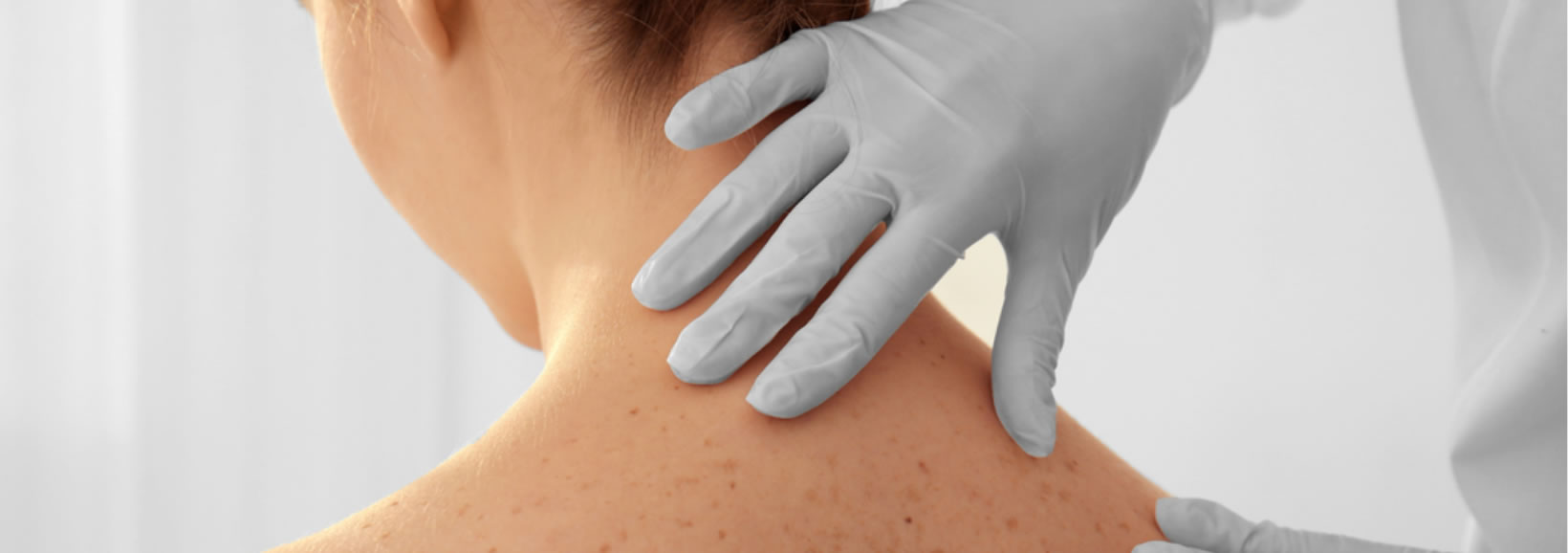
What happens when you go to the Dermatologist?
05/06/2019
Patients are often shocked when they come to see a Dermatologist and a full-skin examination is required. To help you make the most of your consultation, here are a few tips.
A full skin examination performed by a Dermatologist is a great opportunity and should be availed of at your appointment. The exam itself is usually very brief, taking just a few minutes. It entails removing your clothing so that the Dermatologist gets to visualise all of your skin. It is important that your whole skin is visualised so the patterns and types of moles you have are seen. The more moles you have, the longer the exam will take. If unusual moles are noticed, you may be sent to the photographer for close up images to be taken, so that these can be monitored over time. Sometimes your Dermatologist may suggest taking a biopsy from your skin. A biopsy means taking a sample of a small piece of skin that can be examined under the microscope. This is performed under local anaesthetic.
Remove nail polish from fingers and toes before examinations and be prepared to take off make-up if necessary – so bring some supplies in case you need to reapply. Don’t wear fake tan as this will make the examination more difficult and not as accurate.
Skin Examination Tips
You should examine your own skin regularly approximately once a month. Remember to check your face, neck, ears, body, arms and legs front and back. Don’t forget your scalp, in between your toes and the bottoms of your feet. You can use a handheld mirror to look at your back or ask your partner to help.
Self-skin examinations are important for you to do at home at regular intervals. This increases your chances of noticing something unusual so that you can present to the doctor for investigation at the earliest stage possible.
Things to be concerned about are new, changing lesions, very itchy or bleeding ones and any lesions or crusty sore ones that don’t heal up.
New lesions that change in colour, size, shape or thickness over a period of weeks to months.
Moles are not always brown coloured, so look out for pink, red, blue-black or skin coloured lumps and bumps also.
Remembering this small and easy self examination tips is all it takes to be onto of your skin and your health. If you have any questions, consult your local GP or Dermatologist.
Dr Kara Heelan
Dermatologist